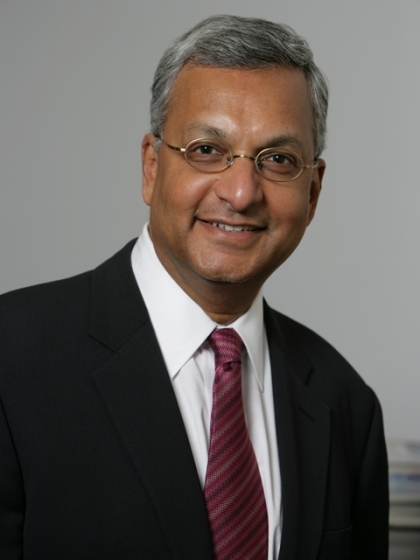More than a half century has passed since Dr. Joseph E. Murray — in a 5½-hour procedure that took place two days before Christmas — transplanted a kidney from Richard Herrick to his twin brother, Ron Herrick, to complete the world's first successful human kidney transplant.
Ron Herrick, who was suffering from chronic nephritis, would go on to live nine more years. Dr. Murray would go on to win the Nobel Prize.
But 10 years after that historic surgical achievement, the odds of being alive 12 months after a kidney transplant were still quite long — about one in 10 if the organ came from a living donor. Survival was even less likely if the organ donor was deceased.
There has been spectacular progress in the relatively short span of five decades. While still fraught with potential complications such as rejection and malignancy, and lifelong need for immunosuppressive drugs, organ transplantation patients in the modern era can expect much brighter prospects in their post-transplant lives.
Part of that success is owed to NewYork-Presbyterian Hospital's Renal Transplant Program, which was founded in 1963 and the first in New York state. More than 3,000 renal transplants have been completed at the Hospital since that time, 240 between July 2005 and June 2006 alone.

Dr. Manikkam Suthanthiran
In a lecture entitled "Transplantation: Promises Kept and Hopes to Be Met," Dr. Manikkam Suthanthiran, the Stanton Griffis Distinguished Professor of Medicine, as well as professor of biochemistry, of medicine, of medicine in surgery at Weill Cornell Medical College, and chief of nephrology and transplantation medicine, discussed the great strides made by early transplant pioneers and the obstacles still to be overcome.
"It was not easy to get these transplants to work in the beginning, but these pioneers persisted in their work," Dr. Suthanthiran said in his Sept. 4 remarks at Uris Auditorium.
From less than a 10-percent chance of survival to over 90 percent after one year with kidney transplants, 82 percent with liver transplants, and 86 percent with heart transplants, the science and success of transplantation has blossomed exponentially.
New immunosuppressant medications such as cyclosporine, tacrolimus and rapamycin, and polyclonal or monoclonal antibodies, give doctors better options to fend off cell proliferation and combat organ rejections. However, these drugs have side effects. Cyclosporine and tacrolimus are both nephrotoxic and rapamycin can cause lipid disorders.
Physicians are now going beyond treating rejection or even trying to fight it off before its onset. By looking at the expression of genes in the urine of kidney transplant recipients, the molecular test developed in Dr. Suthanthiran's laboratory found that it is becoming possible not only to identify rejection prior to a tissue injury and without a transplant biopsy, but also predict rejection reversal.
"We are very successful at making transplants work but post-transplant malignancy is still a problem," Dr. Suthanthiran said.
The risk of malignancy rises steadily over the course of a transplant patient's life. Again, drugs like rapamycin have anti-tumor effects, but the lasting hope remains transplantation without the need of any long-term drug therapy.
"This is our ultimate goal, tolerance," he said.
